detail profile santiago carrillo
Peran Yang Di Mainkan Santiago Carrillo
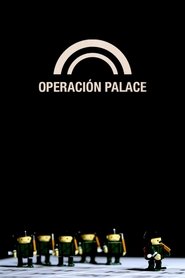 Finally 33 years later the whole truth...
Finally 33 years later the whole truth...Operación Palace 2014
Finally, 33 years later, the whole truth behind the attempted coup d'état that shook Spain on the afternoon of February 23, 1981, is revealed by those who lived through those dreadful hours; a deep look behind the heavy curtain which hides the real mastermind, waiting to be unmasked.
 In 1948 Pablo Picasso met the hairdresser...
In 1948 Pablo Picasso met the hairdresser...Picassos Friseur 2001
In 1948 Pablo Picasso met the hairdresser Eugenio Arias. Both were linked by the fate of emigration. If Picasso initially only had his hair cut by Arias, a deep friendship soon developed.
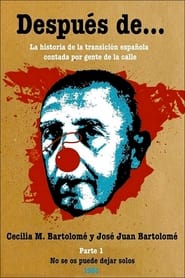 A history of the Spanish Transition...
A history of the Spanish Transition...Después de… Primera parte: no se os puede dejar solos 1983
A history of the Spanish Transition told in first person by the main protagonists: on the one hand, the politicians, idealistic or merely opportunistic, who brought it to a successful conclusion in the tribunes and offices; on the other hand, the citizens who, in the streets, supported it sincerely or fought it with ferocity.
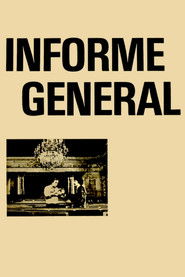 How does a country go from...
How does a country go from...General Report 1977
How does a country go from a dictatorship to a democracy? A detailed report on the political representation in the heart of the Spanish Transition, only a few months after General Franco’s death, when the sincere democratic vocation of Spanish people must effort to destroy, one heavy brick after another, the wall that those who supported the dictatorship and those who fought it from the exile built with resentment, hatred and prejudices.
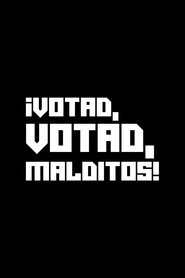 On June 14 1977 the eve of the...
On June 14 1977 the eve of the...¡Votad, votad, malditos! 1977
On June 14, 1977, the eve of the first democratic elections after Franco's regime, Llorenç Soler and his crew go out into the street and ask passers-by which party they are going to vote for.
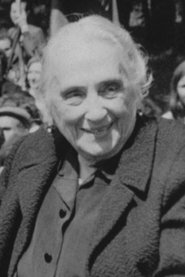 On June 20th 1971 thousands of Spanish...
On June 20th 1971 thousands of Spanish...Paris, June 1971 1971
On June 20th, 1971, thousands of Spanish Republicans from all around Europe meet up in Montreuil, France to take part in an event initiated by the French and the Spanish Communist Parties, to protest against Franco's dictatorship.
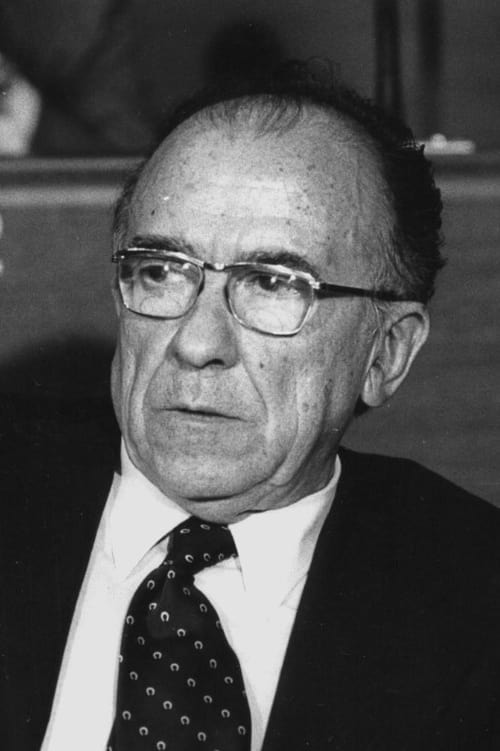
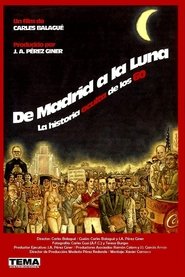


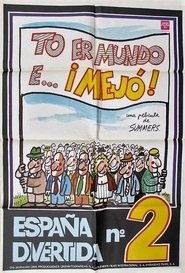 Episode 2 of the stories of jokes...
Episode 2 of the stories of jokes...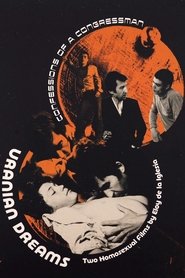 Roberto a leader and follower of...
Roberto a leader and follower of...
